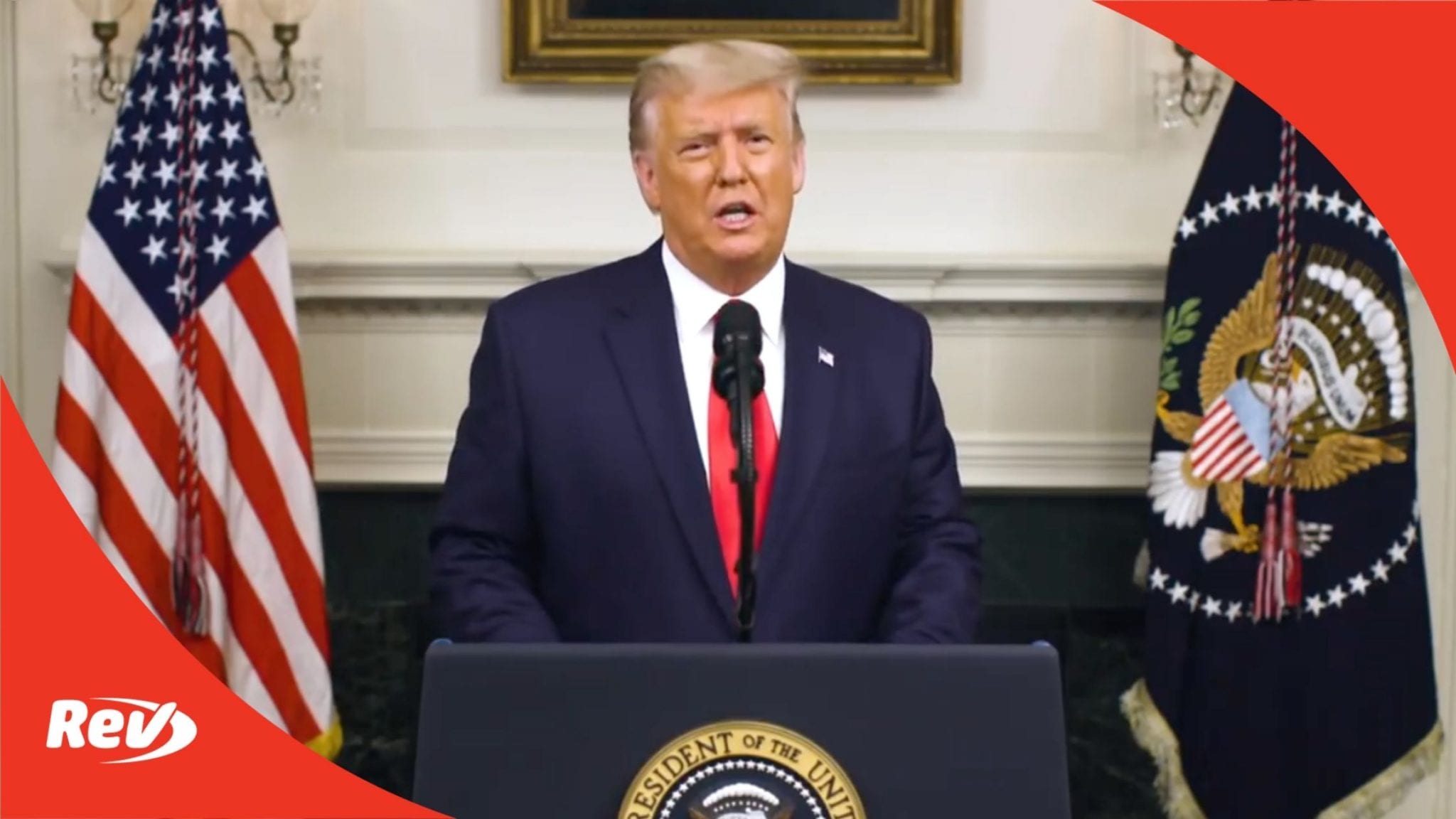U.S. President Donald Trump stood before a White House lectern and delivered a 46-minute diatribe against the election results that produced a win for Democrat Joe Biden, unspooling one misstatement after another to back his baseless claim that he really won.
Trump called his address, released Wednesday only on social media and delivered in front of no audience, perhaps "the most important speech" of his presidency. But it was largely a recycling of the same litany of misinformation and unsubstantiated allegations of voter fraud that he has been making for the past month.
Trump, who spoke from the Diplomatic Room, kept up his pushback against the election even as state after state certifies its results and as Biden presses ahead with shaping his cabinet in advance of his inauguration on Jan. 20.
Biden received a record 81 million votes compared to 74 million for Trump. The Democrat also won 306 electoral votes compared to 232 for Trump. The electoral college split matches Trump's victory over Hillary Clinton four years ago, which he described then as a "landslide."
Hundreds of thousands of views
Trump dug further into his contention of a "rigged election" even though members of his own administration, including Attorney General William Barr, say that no proof of widespread voter fraud has been uncovered. Courts in multiple battleground states have thrown out a barrage of lawsuits filed on behalf of the president.
"This is not just about honouring the votes of 74 million Americans who voted for me," Trump said. "It's about ensuring that Americans can have faith in this election. And in all future elections."
In fact, his baseless claims are having the opposite effect — undermining public faith in the integrity of U.S. elections.
About an hour after it was posted, Trump's video had been viewed hundreds of thousands of times on Facebook and shared by more than 60,000 Facebook users. Both Facebook and Twitter flagged the president's posting as problematic, with Twitter noting that Trump's claims about election fraud are disputed.
Many of Trump's claims have been debunked repeatedly in recent weeks.
His overarching claim: "This election is about great voter fraud, fraud that has never been seen like this before."
Series of baseless claims
In fact, Christopher Krebs, the director of the Department of Homeland Security's Cybersecurity and Infrastructure Security Agency, voiced confidence in the integrity of the election ahead of the November vote. And afterward, he knocked down allegations that the count was tainted by fraud.
Krebs was fired by Trump weeks ago.
Barr, in an interview with The Associated Press on Tuesday, said the Justice Department has uncovered no evidence of widespread voter fraud that could change the outcome of the 2020 election.
Trump, in his speech, delved into a series of baseless claims about voting in battleground states including Pennsylvania, Michigan and beyond.
He alleged that in Pennsylvania, "large amounts of mail-in and absentee ballots were processed illegally and in secret in Philadelphia and Allegheny County without our observers present."
In fact, no one tried to ban poll watchers representing each side in the election. And Democrats did not try to stop Republican representatives from being able to observe the process.
The main issue was how close observers representing the parties could get to election workers who were processing mail-in ballots in Philadelphia. The Trump campaign sued to allow the observers to get closer than the guidelines allowed. A court ruled in favour of that request.
Trump also zeroed in on the high use of mail-in ballots this year, citing the "Democrat Party's relentless push to print and mail out tens of millions of ballots sent to unknown recipients with virtually no safeguards of any kind."
In fact, mail-in ballots have a series of built-in safeguards to verify voter identity and prevent fraud. Some states mail ballots to every registered voter, while other states mail ballots only to voters who request them. But the ballots are subject to that state's verification requirements in either case.
Use of mail-in ballots soared this year as Democrats encouraged their use to reduce in-person voting during a pandemic.






www.ctvnews.ca

www.cnn.com



 www.rev.com
www.rev.com


